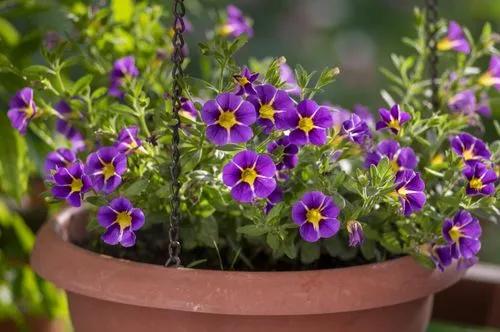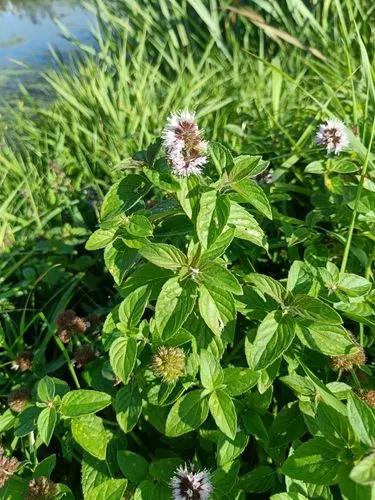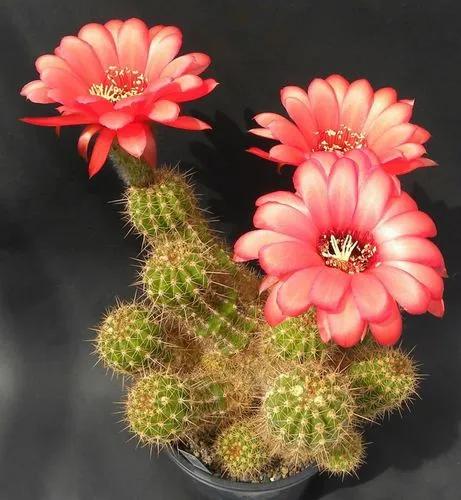Myagrum, muskweed or musk weed, is a genus of flowering plants in the family Brassicaceae. It has only one species, Myagrum perfoliatum, native to Europe and the Middle East, and an introduced weed in North America, South America, Australia and other places in Asia. It is sister to Isatis.
Musk Weed Care
Myagrum perfoliatum



Myagrum perfoliatum is an annual herb that can grow up to 1 m. tall. The cotyledons are broad, giving them the distinct look of clubs. The leaves form rosettes that can reach 45 cm in diameter. The leaves are waxy, blue-green and hairless, and the leaves do not have leaf stems (petioles). They are clasping leaves. The stems are erect, blue-green, waxy and very branched. Flowers are pale yellow, 2-4 mm in diameter with four petals. The flowers are clustered. Pods are hard, wedge shaped 5-7 mm long and 4-5 mm wide.
This plant might be poisonous
How to get rid of: Myagrum perfoliatum considered a serious weed of broadleaf crops such as chickpeas, canola, lupins, faba beans, field peas and lentils. Bird’s eye cress is considered a potential seed contaminant. It can create blockages during harvest. It has competed with agricultural crops, reducing crop yields by up to 50%. It is tolerant to many commonly-used herbicides, control in agricultural crops is difficult. Herbicide treatment can be difficult to implement because germination occurs from April - October so seeds re-establish pre or post emergent herbicide treatment. The most common products for this application contain Glyphosate or Glufosinate as active ingredients listed on the label. These herbicides work by translocating the product through the leaves to the roots where they interfere with the growth process. The best control is accomplished when applied to young plants. Both these products are non-selective, meaning they will kill any growing vegetation, both grass and broadleaf plants.
How to Care for the Plant

Popularity

8 people already have this plant 4 people have added this plant to their wishlists
Discover more plants with the list below
Popular articles






